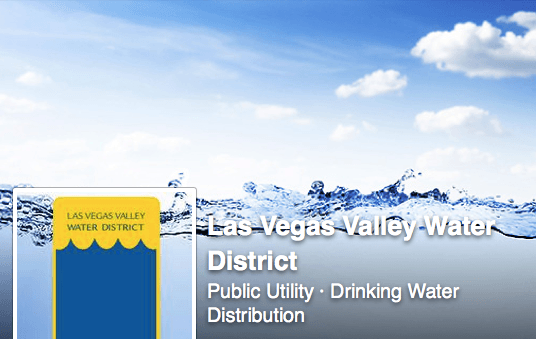We can sometimes be led to believe that unethical behavior within an organization is always the fault of one person or one department. If that were the case, there would be no need for ethics instruction; we’d root out the villain and be done with it. However, time and time again we find the ethics surrounding a situation are spread from management down to several departments and frequently across department lines. It happens in corporations, nonprofits and in government. It happens because good people fall silent, or are made to fall silent. It happens out of fear or misguided loyalty. It happens most of all because there is a lack of ethical training.
 In an article appearing in The Guardian (April 27, 2016) entitled: Michigan employees said to manipulate water samples to ‘bump out’ lead results, we see the latest misstep in the Flint water crisis.
In an article appearing in The Guardian (April 27, 2016) entitled: Michigan employees said to manipulate water samples to ‘bump out’ lead results, we see the latest misstep in the Flint water crisis.
“A Michigan environmental official suggested a technician collecting samples for a suburban Detroit private water system ‘bump … out’ a test result that found very high levels of lead by testing more homes…doing so could avert a ‘lead public notice,’ the email reasoned, which would alert residents of dangerously high levels in their water.” Am I missing something or isn’t this a clear example of unethical behavior within an organization?
The article suggests that technicians were directed to “ignore” a sample that tested high by gathering many samples from the same vicinity that were testing lower. Think about it. For example, if water samples were collected from two homes side by side and one sample was normal but the other was astronomical, it would be: “Whoa! Something is very wrong here. We need to issue a lead notice!”
However, the logic applied in this case was: “Minimize what you found in the home with the high readings, by reporting a whole bunch of readings that are normal or low.” By doing this it almost makes the home with the very high reading to appear as though it is almost their fault. The risks affecting the families in the condominium with high levels was ignored.
Chateaux Du Lac Condominiums
The condominium complex at the center of the crisis has its own water system. It is not all that uncommon, but what is troubling are the highly uncommon levels of lead. According to the article:
“Since its inception, records show, the association has struggled with high lead levels time and again. The system has exceeded federal lead action levels, set to trigger remediation efforts such as public education campaigns or expensive corrosion control, eight times over the past 20 years.”
Back in 2008 (hardly ancient times), samples were collected from five of 45 homes in the association, what I am told is the least required amount. All five samples were incredibly high for lead.
In September, 2008, an MDEQ environmental quality analyst, sent an email to the technician who ran the tests and he also copied state employees who were criminally charged for their indifference.
The analyst sent the following email to the technician:
“I just saw the results – 115 ppb for lead is a bit high [My note: this amount of lead was 10 times higher than allowed!]. Since this is an annual round of monitoring…there is still time to collect more samples and possibly bump this one out.”
Let’s think about this.
The analyst told the technician (in copy to the state) to collect additional samples rather than to issue a warning or safety alert especially to the families in the complex! The state was more focused on helping the utility than the families. The problem with the virtually undrinkable water had been going on for years. It was awful looking, foul smelling and terrible tasting. The complaints were pushed aside for years. Again clear evidence that unethical behavior within an organization was active and well. So sad!
Proof of this cover-up can be seen in the email sent below, some seven years later:
“We hope you have 61 more lead/copper samples collected and sent to the lab by 6/30/15 and that they are will be below the AL [Allowable Limit] for lead. As of now with 39 results, Flint’s 90th percentile is over the [federal action level] for lead.”
They were “willing the results to be better” through the use of unethical manipulations of the numbers. What no one wanted to “manipulate” was the pipes that were leading into the homes. The pipes contained lead and they were interacting with the well water to cause lead to come into the homes. Adjust the results through higher numbers – how else would one define unethical behavior within an organization?
Be Careful of Rhetoric
What the officials of Flint, Michigan did was wrong. However, it is far too easy to put “racist labels” on everything and to rally around that focal point. In fact, it has been theorized that these practices may be occurring in many other places.
What is clear, is that state officials, water labs who are paid by the state and utilities who were benefiting from the water revenues, were all ignoring the simple ethical truth: people were being slowly poisoned by this water.
This is not the first case we have seen of laboratory technicians being pressured by supervisors to “fix” or minimize the results. This is not the first case we’ve seen of lies and environmental cover-up’s. We need only look at recent scandals at Volkswagen or Peanut Corporation of America to see unethical pressure to make things seem rosier than they were. All are examples of clear unethical behavior within an organization.
Ethical training is not theoretical and is not frivolous. It saves lives.
YOUR COMMENTS ARE WELCOME!


